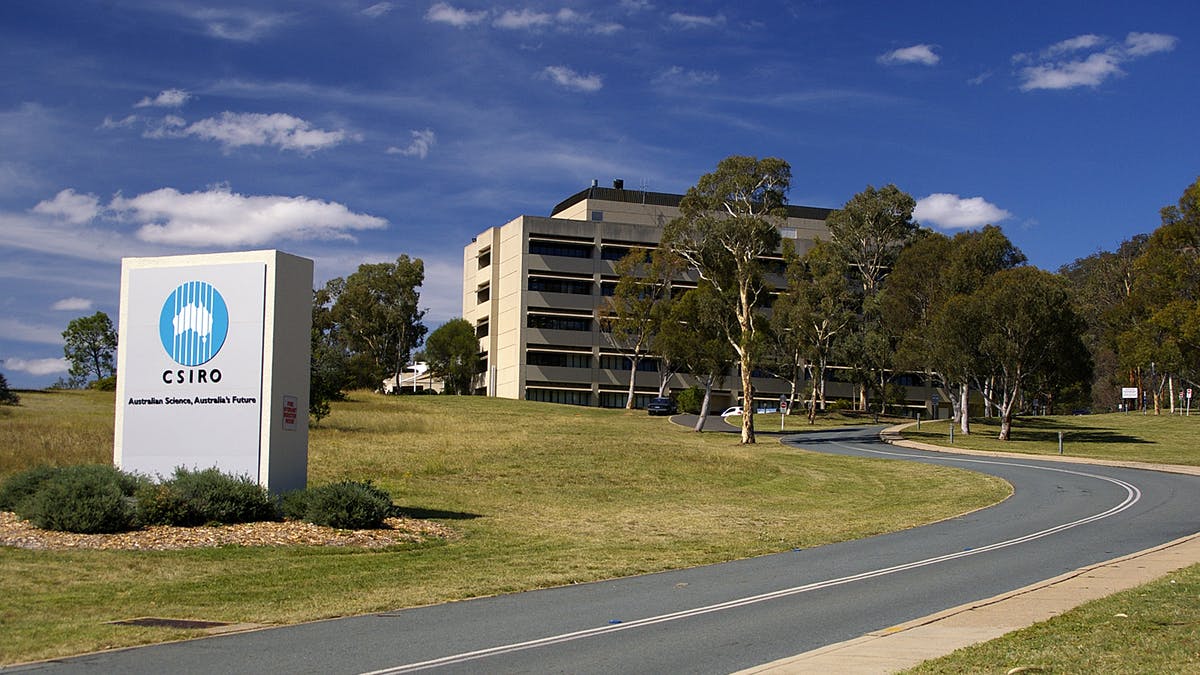CSIRO, Australia’s national science agency, is expanding Australia’s advanced manufacturing capability by offering free research and development (R&D) assistance to businesses to help them develop new products or services.
With 25 seats available, small and medium-sized firms (SMEs) working on novel advanced manufacturing solutions can join the free, 10-week online Innovate to Grow programme to support their commercial idea by increasing their R&D knowledge.
After completing the programme, participants may be eligible to get facilitation help from CSIRO to link to research talent across the country and dollar-matched R&D funding.
Marcus Zipper, CSIRO’s Director of Manufacturing, stated that global supply chain disruptions emphasised the importance of developing Australia’s sophisticated manufacturing capability.
“Advanced manufacturing plays an important role in so many sectors, with manufacturing contributing about six per cent of Australia’s GDP, from biomedical manufacturing to smart robotics and automation,” Dr Zipper said.
“Building Australia’s advanced manufacturing capability is a key part of Australia’s recovery from the COVID-19 crisis, and much of this capability will be driven by SMEs, which make up 99.8 per cent of all businesses in Australia,” he said.
In 2020–21, manufacturing in Australia generated more than A$115 billion in yearly production. Additionally, manufacturing attracted A$117 billion in foreign investment in 2021. Over the last five years, Australian manufacturing exports have increased by 4.1 per cent annually, according to data.
The CSIRO is widely recognised for its high-quality research and is Australia’s largest patent holder. Its scientific and technical capabilities, equipment, and worldwide connections assist Australian industries in expanding into new markets while being environmentally friendly. Discover what you can achieve with a collaboration with CSIRO.
With inventions such as the electronic pacemaker (1926), the ‘black box flight recorder (1958), ultrasound (1961), multi-channel cochlear implants (the 1970s), wi-fi (1990s), the polymer banknote (1988), Google Maps (2003), and a cervical cancer vaccine, the twentieth century has been a period of rapid progress (2006).
Deputy Director of CSIRO’s SME Connect team, Dr George Feast, said that to help businesses take their products or services to the next level, R&D was essential to understand better what opportunities might be presented to them.
“Even though we know R&D drives innovation, it can be an expensive undertaking for businesses, risky and time-consuming for those without the right guidance and support,” Dr Feast said.
“Through this program, participants will be given help to refine a new idea they want to explore and better understand their idea’s business and scientific viability.
“They will also be exposed to industry knowledge, hear from innovation and industry experts, and work with an R&D mentor.”
The program is open to all companies, regardless of sector, who incorporate, or would like to incorporate, advanced manufacturing to improve their existing business operations.
“Even though collaboration is key in driving good R&D outcomes, research we released last year found that less than 15 per cent of Australian businesses engage universities or research institutions when they are thinking of exploring new innovation opportunities – our goal through this program is to up that percentage,” he said.
It commences on 6 September and is available for up to 25 SMEs. Applications close on 22 August.
This program is being delivered in partnership with the CSIRO Lindfield Collaboration Hub and Investment NSW.
Keep up to date with our stories on LinkedIn, Twitter, Facebook and Instagram.

